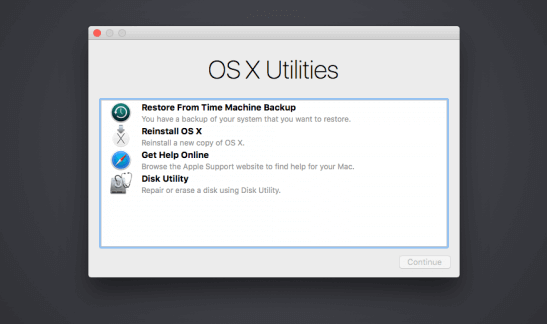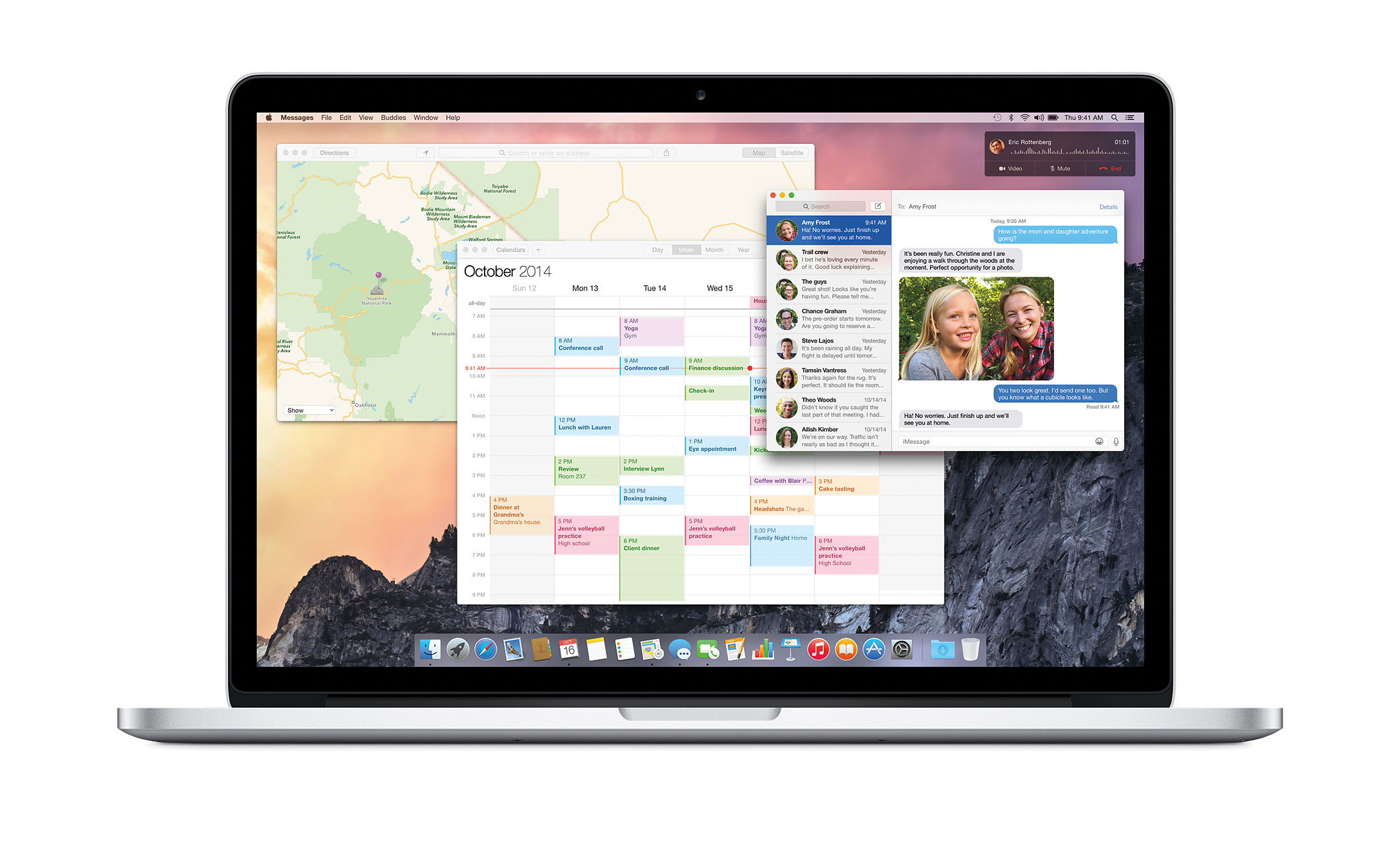
What Is Mac To The
Enjoy the biggest Safari update ever. Experience Mac to the fullest with a refined new design. MacOS Big Sur elevates the most advanced desktop operating system in the world to a new level of power and beauty.
What Is Mac OS X Works
What Is Install Packages For
When Apple introduced the Macintosh on Jan. Moodle4Mac is based on the software MAMP.Apple has announced that in macOS 10.15 Catalina the default shell will be zsh.How Mac OS X Works. Moodle4Mac is available from Moodle packages for Mac OS X. And get even more transparency around your privacy.The complete install packages for Mac OS X are named Moodle4Mac and allow a very easy way to install Moodle on your Mac computer (laptop, desktop or test server).
It controls and monitors hardware.In this series, I will document my experiences moving bash settings, configurations, and scripts over to zsh.Zsh (I believe it is pronounced zee-shell, though zish is fun to say) will succeed bash as the default shell. The kernel refers to the part of an operating system that loads first. At the time, most consumer computers used text-based command lines.The heart of the Mac OS X is the XNU kernel.
Bash v3 is still GPL v2.Zsh, on the other hand, has an ‘MIT-like’ license, which makes it much more palatable for Apple to include in the system by default. The reason Apple has not switched to these newer versions is that they are licensed with GPL v3. Bash v4 was released in 2009 and bash v5 in January 2019. Why?The bash binary bundled with macOS has been stuck on version 3.2 for a long time now. You can order it on the Apple Books Store now. Like my other books, I plan to update and add to it after release as well, keeping it relevant and useful.
Is bash gone!?MacOS Catalina still has the same /bin/bash (version 3.2.57) as Mojave and earlier macOS versions. MacOS 10.15 Catalina has the current zsh 5.7.1. The zsh version on macOS 10.14 Mojave is fairly new (5.3).

This is different from the last switch in Mac OS X 10.3 Panther, when Apple switched the default to bash, but didn’t really care if you remained on tcsh. Will bash remain indefinitely?Apple is strongly messaging that you should switch shells. Keep in mind that custom bash installations reside in a different directory, usually /usr/local/bin/bash.
At some point Apple will consider the cost of continued maintenance too high.Another clue is that a new shell appeared on macOS Catalina (and is mentioned in the support article). The built-in bash had to be patched in 2014 to mitigate the ‘Shellshock’ vulnerability. Probably not very soon, but eventually keeping a more than ten year old version of bash on the system will turn into a liability.

How is zsh different?Like bash (‘Bourne again shell’ ), zshderives from the ‘Bourne’ family of shells. This command will not change the current shell, but all new ones, so close the current Terminal windows and tabs and open a new one. (You can change that, of course.) Most navigation keystrokes and other behaviors will remain the same as in bash.If you want to already switch your default shell to zsh you can use the chsh command: $ chsh -s /bin/zshThis will prompt for your password. Zsh uses the % character as the default prompt. You can start testing zsh or even switch your default shell already.If you want to just see how zsh works, you can just open Terminal and type zsh: $ zshThe main change you will see is that the prompt looks different.
Zsh has much more options and points to change zsh configuration and behavior. Bashrc) you cannot simply copy customized bash settings over to zsh. Since zsh ignores the bash configuration files (. The most obvious change will be the different prompt.The main difference between bash and zsh is configuration.
So, for installation pre- and postinstall scripts, I would recommend using /bin/sh as the shebang from now on.I used to recommend using /bin/bash for everything MacAdmin related. This could still change during the beta phase, or even later, but then you still have to consider older macOS installations where zsh is definitely not present in Recovery.When you plan to use your scripts or pkgs with installation scripts in a Recovery (or NetInstall, or bootable USB drive) context, such as Twocanoes MDS, installr or bootstrappr, then you cannot rely on /bin/zsh.Since we now know that bash is eventually going away, the only common choice left is /bin/sh.When you build an installer package, it can be difficult to anticipate all the contexts in which it might be deployed. Just remember to set the shebang in your scripts to #!/bin/zsh.You will gain some features where zsh is superior to bash v3, such as arrays and associative arrays (dictionaries).There is one exception where I would now recommend to use /bin/sh for your scripts: the Recovery system does not contain the /bin/zsh shell, even on the Catalina beta. What about scripting?Since zsh has been present on macOS for a long time, you could start moving your scripts from bash to zsh right away and not lose backwards compatibility.
Overall, we will have to re-think and re-learn a few things, but there is also much to be gained by finally switching from a ten-year-old shell to a new modern one! NextIn the next part we will look at the configuration files for zsh. Apple is not ‘replacing’ bash with zsh, at least not yet. SummaryOverall, while the messaging from Apple is very interesting, the change itself is less dramatic than the headlines.


 0 kommentar(er)
0 kommentar(er)
